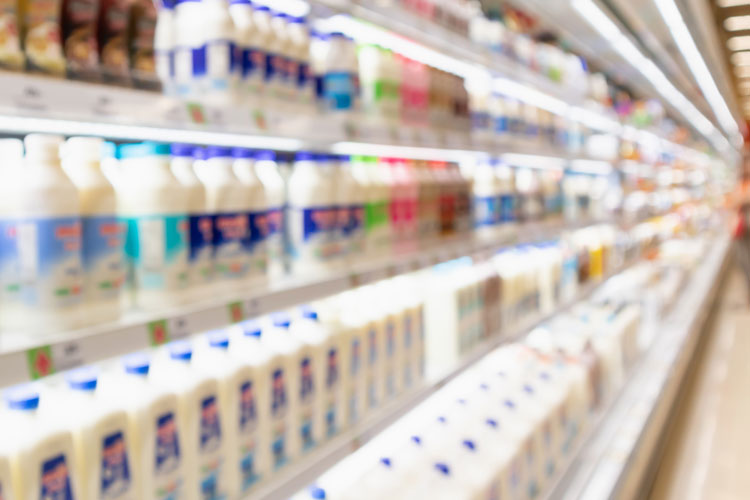
As 2023 draws to a close, the global dairy market continues to walk a tightrope of limited new milk and sluggish demand. Looking back on 2023, it is a story of soft global dairy commodity pricing due to weaker underlying fundamentals. Milk supply growth around the globe was underwhelming this year, with a brief return to growth for three consecutive quarters before lower milk prices, elevated costs, and weather disruption put the brakes back on. The global markets patiently awaited the rebalancing of the Chinese market, only to experience the second consecutive year of large shortfalls in net dairy imports.
Looking to 2024, the global market is transitioning to the next phase of the cycle. There is growing evidence that the bottom in the dairy commodity markets has passed, and the general trend is for prices to move higher through 2024.
In the U.S. specifically, milk production marked its fourth consecutive year-over-year decline in October (down 0.5%), negatively impacted by fewer cows and lower yield. The largest year-over-year decline to date this year occurred in July, when production fell 0.9%. The weakness was not unexpected — low milk prices created negative margins earlier this year, forcing farmers to cut costs and shed unprofitable cows.
Looking ahead, production growth is expected to be flat in near-term months before moving higher in mid- to late-2024. Rabobank forecasts 2023 milk production up 0.2% year-over-year, with 1% growth expected in 2024.
The Class III milk price has improved from July’s extreme low, but values are still under most farm production costs. Higher butter and nonfat dry milk (NDM) prices support Class IV prices, which have maintained a premium over Class III each month year-to-date except for April. The October Class IV $4.65 per hundredweight premium over Class III was the third highest on record.
Butter showed significant strength in the third quarter of the year, posting a record-high $3.5025 per pound on October 6 at the CME spot market. A record high National Dairy Products Sales Report (NDPSR) price of $3.3212 per pound was set in the week ending October 21. Exceptional butter prices coupled with modest NDM price climbs have spurred strength in the Class IV price. Alternatively, Cheddar cheese prices have struggled to gain momentum in the last quarter of the year, typically a peak demand period that provides a seasonal boost. Adequate supply coupled with lower export demand are preventing bullishness from materializing in cheese markets. On the other hand, renewed dry whey purchases drove the mid-November NDPSR price to the highest since May.
The next phase of the demand story remains a key watch. It’s a complex story of high dairy inflation, broader cost of living issues, and weak consumer confidence remaining on the horizon. Sluggish underlying dairy demand and changes in consumer purchases impact volumes in some economies and channels. Demand settings are on the mend, but market uncertainty remains due to rising unemployment in some economies, and its impact on consumer purchasing power is a story for 2024.
In Rabobank’s view, the base case is for a slow recovery in commodity prices back to long-term averages. However, current fundamentals provide the perfect ingredients for price volatility and a possible market whiplash.








